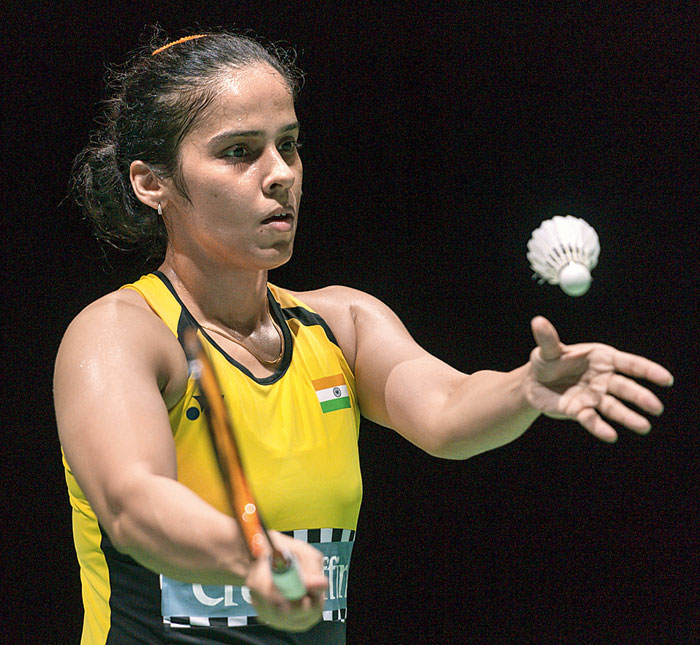Badminton is an Asian fief. But India, unlike China and Indonesia, has not been able to ace the sport consistently. P.V. Sindhu’s triumph at the BWF World Championships — she became the first ever Indian to strike gold in the tournament — could herald an Indian resurgence in badminton that would, it is being hoped, be of a more permanent nature. It is not as if India has been short of talented shuttlers. Among women players, Ms Sindhu and Saina Nehwal have featured regularly in the top 10 segment in badminton rankings. Quite a number of Indian men have also succeeded in breaking into the top-50 tier in the last decade. Yet, true international glory has eluded Indian badminton players. That Ms Sindhu’s success is unprecedented proves this very point. What is also a matter of concern is that in recent years Indian players appear to be losing their grip on badminton’s prime competitions. For example, in 2017, the singles draw in top tournaments featured on an average 7.3 Indian men and 4.2 Indian women shuttlers. In 2019, the two figures read 4.9 and 2.8, respectively. This slide indicates that Indian badminton players are not being able to translate their appearances into trophies in the competitions that matter. That could explain why Ms Sindhu — she had lost two finals in the tournament that she has now won — remains India’s solitary golden girl at the World Championships.
This is, indeed, an hour of celebration. But it is also a time for reflection for the Badminton Association of India as well as lovers of the game. Badminton is, apparently, second only to cricket in terms of popularity in the country. Perhaps it ought to take a leaf out of cricket’s book in order to improve things on court. Greater investments — in terms of finance, infrastructure and public support — could give rise to more than one worthy successor to Ms Sindhu’s legacy.












